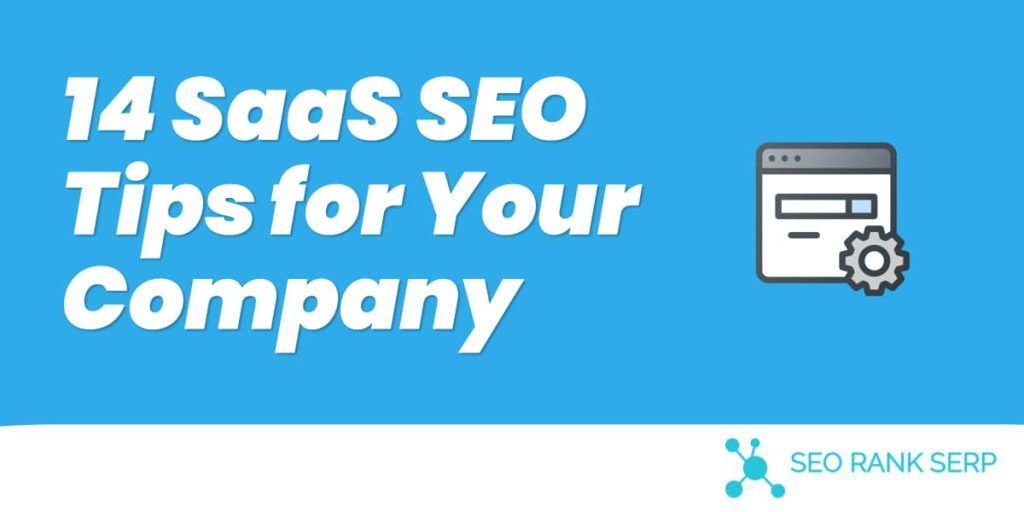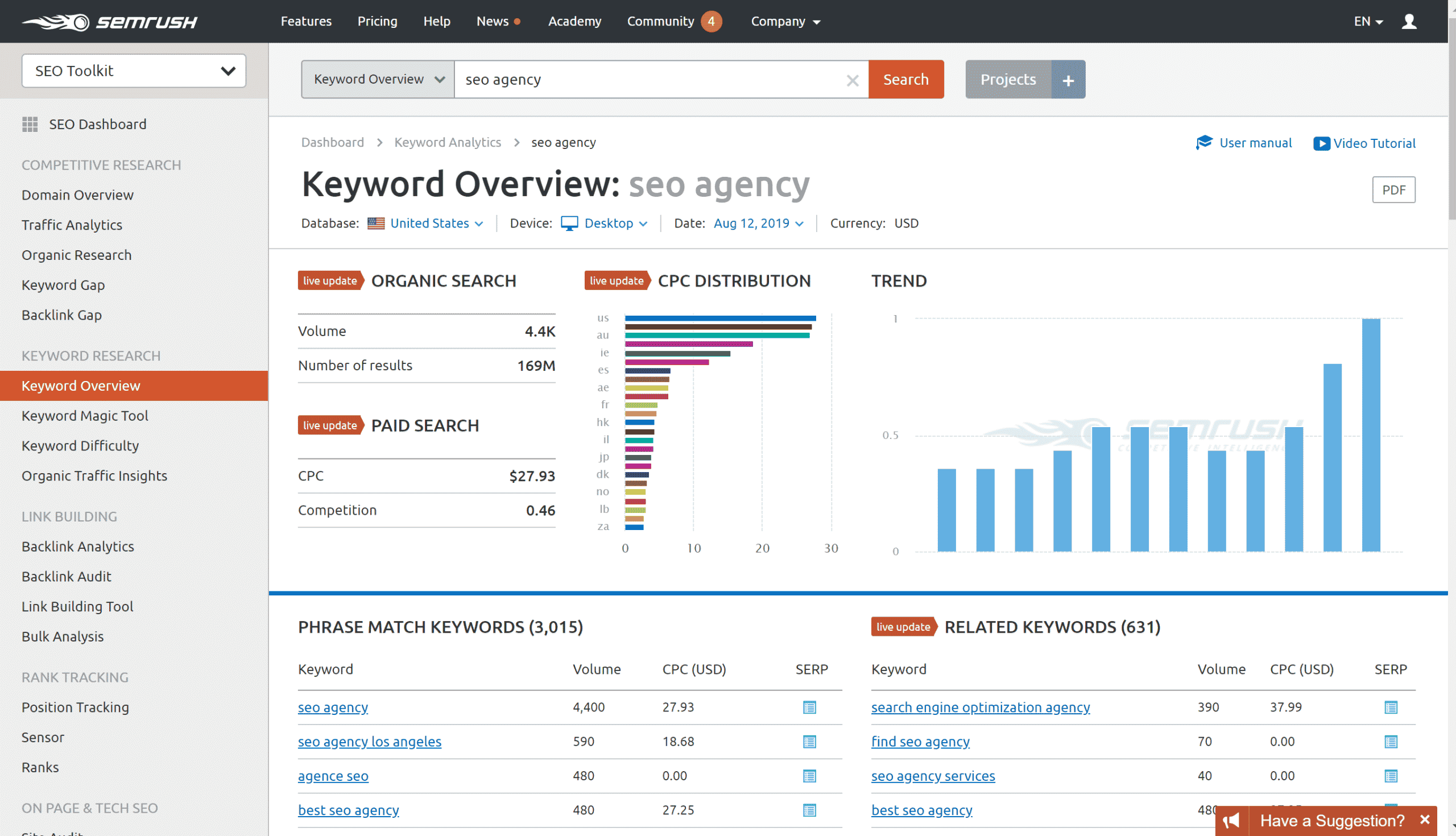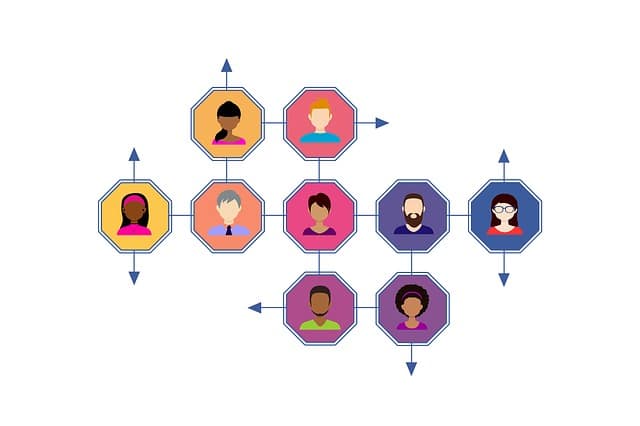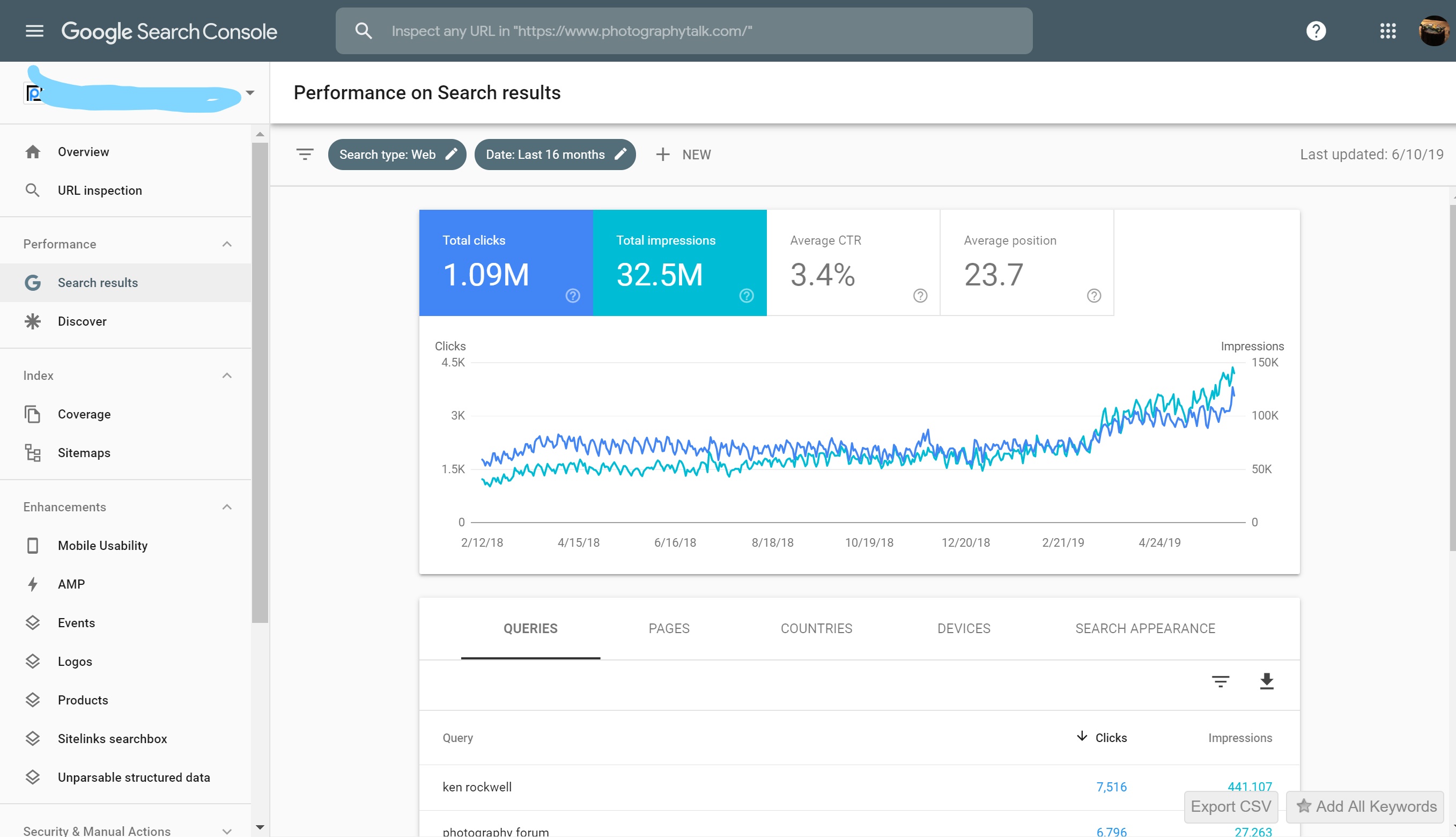Introduction
SEO (Search Engine Optimization) is crucial for your SaaS Company to stay on top of your rivals, regardless of whether you are a startup, or have established an online presence.
Table Of Contents
−- Introduction
- 1. Converting Visitors to Free Trials
- 2. Using Custom Dimensions to Segment Customers
- 3. Contents with Password Protection
- 4. Generating Leads or Search Engine Optimization?
- 5. Selecting the Appropriate Keywords
- 6. Customer Information Indexing
- 7. Knowing your Target Audience
- 8. Creating and Publishing Original Contents
- 9. Measuring the Return on Investment to the Lifetime Value
- 10. Optimizing your Images to Load Faster
- 11. Optimizing your Site’s Technical Design
- 12. Using Social Network Platforms
- 13. Optimizing the Page Titles and Meta Descriptions
- 14. Keeping a Track on the Progress
- In Conclusion

70 to 80 percent of users focus on organic search results, ignoring paid listings.
No matter how much you invest in digital marketing, you want to see a return on investment (ROI). In comparison to other digital marketing strategies, SEO delivers results over time and requires continuous investment. However, organic traffic can capture more than 40 percent of your company’s revenue. Research shows that around 93 percent of online experiences begin with a search engine like Google, Yahoo!, or Bing.
SEO will improve your SaaS Company’s website online visibility for it to be ranked better on SERPs (Search Engine Result Pages). If SEO is done correctly, then you are bound to experience improved organic traffic, which would translate to an increase in sales generation.
It might sound a simple task, but it is comprised of numerous elements, and it is supposed to be a long-term process.
To help you out, here we have 14 SEO tips for SaaS:
1. Converting Visitors to Free Trials
Supposing you are using the model of freemium, it is essential for you to ensure that you maximize visitor conversions to the free trials. Be certain to figure out the visitors once they land on your site (if it is possible) and provide them with precise and straightforward ways of converting to the free trials.
The same applies to your blog; you need to consider methodologies of moving your visitors straight to the free trial phase. You can make use of techniques for optimizing rates of conversion together with A/B tests with devices such as Google Optimize amongst other ways of enhancing rates of conversion.
2. Using Custom Dimensions to Segment Customers
It is inevitable that whenever customers sign in to your online software, typically, they tend to look up for your site using Google and subsequently move to the link for signing in from the navigation. That helps to generate much natural traffic to your site that does not reflect on the potentialities of how fresh consumers interact with your website.
Mostly, Google tends to locate the link for signing in from your navigation, and then incorporate it like a site link. That approach provides your customers with quick navigation all through to the online software segment of the website.
All in all, the majority of the consumers will always come to your website through the homepage. Fortunately, you have a special ability to segment the existing clients from prospects by use of custom dimensions by Google, which is crucial when it comes to retargeting.
3. Contents with Password Protection
It might happen that the software available on your site that is providing details that are supposed to be for only the clients has been indexed and is availed to every user.
Since that content has been secured with a password, it might not be in your interest for it to appear directly on search engine results. Therefore, you need to identify the contents that you don’t wish search tools to index them. Through Meta tags on the webpages, you can mark them as “noindex.”
4. Generating Leads or Search Engine Optimization?
Among the significant challenges faced by SaaS companies when it comes to optimizing content, is deciding on whether to gate the content to generate leads, or leave it as open as it is for SEO purpose.
In case you decide to gate the content to generate leads, then you might not want search tools to index the content directly. Not unless you want the targeted audience to find the content through Bing or Google and eventually bypass the step of filling in their contact details.
On the other hand, if your content is SEO focused, you need to answer the questions from your potential customers while ensuring the content is leveraged for indexing by search tools for purposes of attracting those customers to your website. For that case, you can leave your content open.
5. Selecting the Appropriate Keywords
Since you already have in-depth knowledge about your audience, you can now come up a checklist of technical as well as non-technical branded keywords that they are likely to search for whenever they would wish to look up your SaaS Company.
On matters to do with the selection of keywords, it is advisable for you to focus much on the niche, which is referred to as long-tail keywords by those in the industry. Tools such as Spyfu, SEMRush, and Google Keyword Planner provide for testing of your list of keywords to determine the ones with the potential of generating significant traffic.
With the curated keyword list in hand, then you can begin to incorporate the keywords naturally all over your site to enhance the chances of being ranked high on SERPs for those specific keywords. The choice of the relevant keywords and their incorporation all over the site is likely to alert more audience about your SaaS Company and improve on conversion rates.
6. Customer Information Indexing
Another major challenge faced by SaaS companies with regards to software type and its usage is deciding on whether surveys on customers should be allowed for indexing and listing on search engine results or not.
Basically, customers participating in online surveys might not wish their details made public to the online world. Rather, they might need to manage the persons to receive the survey link and oversee the audience’s validity and outcomes.
Regarding the software type sold online by your company, you need to determine whether your clients would be okay if the software-generated content were indexed. Similarly, that can simply be fixed by marking the survey as a “noindex.”
7. Knowing your Target Audience
Regardless of the industry you are in, it is always vital to define the targeted audience, their needs, and in which ways you can address the needs. That is particularly essential in the technology industry because consumer base varies from technology newbies to professionals who fathom even the complexities.
Concerning some SaaS companies, the consumers are generally after exclusive and intricate technical details that can’t be necessarily understood by an ordinary person. In other companies, the consumer might be after less complicated content that is easy to ingest.
The knowledge of your targeted audience and how you can solve their problems enables you to customize your content to suit their interests. That tends to impart more interest in your brand into the audience, which leads to the generation of additional sales.
8. Creating and Publishing Original Contents
You should focus on creating original contents and include the relevant branded keywords that have the potential of informing the targeted customers about your brand and its values. Substances such as explainer videos, images, product demonstrations, interviews, and blog posts can help to generate additional organic traffic to your site, besides boosting your search engine positioning on queries that relate to your venture.
The contents need to be published consistently and timely. That is likely to help in building relevant and reliable contents of your site and also in enhancing your trustworthy and leadership within your industry.
Consider using different types of contents such as videos consisting of subtitles and images to improve on the attractiveness of the content and prompt your audience to always hang around for more materials.
9. Measuring the Return on Investment to the Lifetime Value
A majority of SaaS companies are offering their services on a subscription basis or involving long-term commitments. While some subscriptions might be on every month, others might be on every year. Regardless of your revenue generation approach, just ensure you are tracking your SEO’s value far from the first conversion. The organic search value is probably much higher than the sale made initially.
For instance, let us assume that your software subscription fee is 20.00 dollars each month and the prospect was converted organically. Does it mean that the Return on Investment (ROI) is $20 dollars? Now, let us assume again that customer maintains a constant subscription for 36 months. The actual ROI on organic conversion for that case will be $720 dollars (less any SEO expenses involved).
For you to actually determine the ROI and value for marketing platforms, you should make sure to keep a track on the lifetime values of clients who converted through the different marketing platforms.
10. Optimizing your Images to Load Faster
The image ALT tags are likewise crucial factors when it comes to SEO. They are useful for the description of images and whatever they do represent. Since Google crawlers can’t crawl an image the same way would do to text content, the ALT tags help to translate image contents into textual materials for Google to understand. Besides, it helps search tools to figure out the most relevant and valuable images whenever the audience queries for images.
Apart from ALT tag optimization, the images need also to be optimized on their own. You need to give the image an informative name and if it is possible to include your relevant keywords, then do so. The search tools can read and understand the image names and therefore, factor in ranking. Also, the images need to be as small in size as possible for faster loading while ensuring the quality is pretty good.
11. Optimizing your Site’s Technical Design
Since you are a software company, your site needs to function resourcefully to your potential consumers with regards to the quality of your services. So, you should prioritize on technical SEO by;
- Improving on your site’s speed: Your audience expects your pages to load fast more so because you are promoting a technology-based product. PageSpeed tool by Google can help to determine elements inhibiting your site’s speed, provide you with a course of action, and also enable you to prioritize on tasks relevant to technical SEO.
- Optimizing your site for mobile loading: Majority (80%) of website traffic occurs on mobiles. Therefore, in case you haven’t optimized your site to load on mobile gadgets, then you need to do so to avoid missing out on such a golden opportunity.
- Fixing the broken links: If there is a page you removed from your site, then you need to redirect your visitors to the updated content automatically. Dead pages tend to frustrate visitors and eventually lead to increased bounce rates.
12. Using Social Network Platforms
Social platforms are increasingly becoming invaluable tools for SaaS companies since search tools are prone to indexing social network accounts and pages. If you create a top-notch content that relates to the audience, then you increase its shareability chances on Social Media ten times more. Social media functions as a new medium for generating traffic to your site even from the audience you never anticipated or weren’t able to reach.
In case it is your first time to create a social account or page, you need to provide every bit of detail you deem fit and relevant. That includes your business name, location, and description, among other details for search tools to locate every aspect necessary for the profile to rank better.
13. Optimizing the Page Titles and Meta Descriptions
Apart from your keywords appearing on your original webpage contents, they need also to be featured in Metadata on every webpage. The titles of a page are among the significant ranking elements considered by search tools. Therefore, you should incorporate the essential keywords on the title tags.
Although Meta descriptions don’t officially account for rankings, they provide the readers with insights into what they should expect to see in a webpage. Hence, they help to boost the CTR whenever they are done well. Remember to add CTAs in the Meta descriptions as well.
Your title tags shouldn’t exceed 65 characters, while the Meta descriptions need not exceed 150 characters. If you go beyond those limits, then search engines are bound to remove some wordings and be assured you won’t like the outcome.
14. Keeping a Track on the Progress
Maybe you have actualized all or some of the above tips such as the improvement on site loading speed, and the consistent publishing of contents, but what shows your efforts are bearing fruits? You can use online tracking tools like Google Analytics to help you track your site traffic, paid adverts, lead generation, conversion rates, as well as online sales generations within a specific period.
That will help you to determine the areas you are falling short and where you are doing great and as time goes by, formulate the ideal strategy for your SaaS Company and its consumers. Additionally, you can find online tools for tracking your ranking, but you should bear in mind that keywords with better rankings are useless if they are no improvement on high-quality traffic from search tools. However, with an increase in natural traffic, then you can conclude that your SEO efforts are successful.
In Conclusion
SEO for your SaaS Company encompasses strategizing on your target audience, your site usage, and its online visibility. Search Engine Optimization is a long-term process which sometimes tends to be challenging, but if you follow the SEO tips for SaaS Companies we have discussed above to the latter, then you are bound to generate more qualified organic traffic to your site and gain the upper hand over your rivals.

Jay
I've worked for WooRank, SEOptimer, and working on a cool SEO audit tool called SiteGuru.co. Now I have build Linkilo and SEO RANK SERP WordPress theme. I've been in the SEO industry for more than 5 years, learning from the ground up. I've worked on many startups, but also have my own affiliate sites.
TRY OUR FULLY SEO-OPTIMIZED WORDPRESS THEME FOR AFFILIATE MARKETERS!
No need to hire SEO experts anymore to fix your site technical SEO issues
IMPROVE YOUR SITES RANKING TODAY








